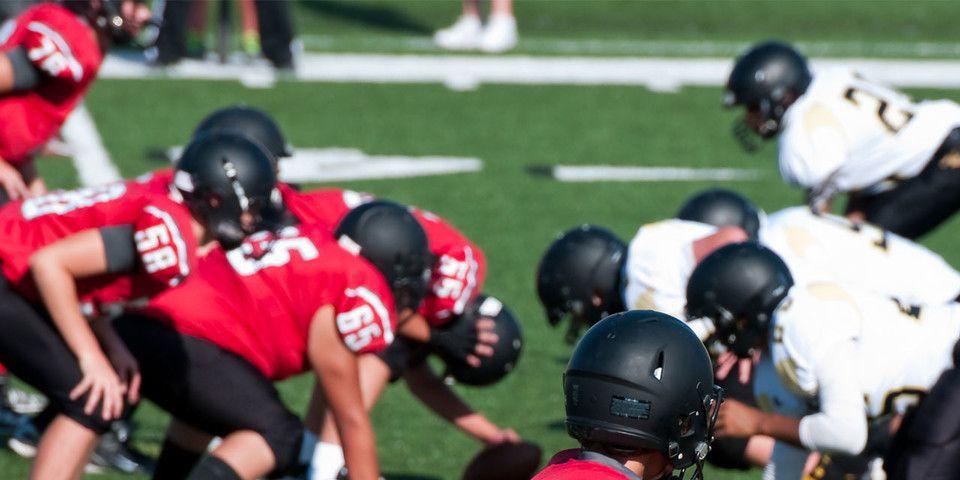Three Common Injuries From Falling on Ice and How to Treat Them
Rothman Orthopaedic Institute treats orthopaedic injuries resulting from falls.
For those in the Northeast, winter often features more risks of orthopaedic injuries resulting from traumatic accidents than any other season. Cold weather can make muscles and ligaments cold, tight, and brittle, increasing the propensity for injury. Winter sports present many dangers. And snowfall can increase the risk of car accidents, which may likewise result in orthopaedic injuries.
However, the greatest single threat of wintertime is icy surfaces. Injuries from falling on ice are a prevalent seasonal issue. Every winter, Rothman Orthopaedic Institute and its two orthopaedic urgent cares treats scores of patients with injuries from falling on ice, ranging from elderly persons to young winter sports athletes. Because slips, trips, and falls can seriously affect everyone, it’s essential to understand these seasonal risks. To learn more about common injuries resulting from falls on the ice as well as treatment options, continue reading below.
Three Common Injuries From Falling On Ice
Below are three of the most common orthopaedic injuries that may result from a slip on the ice:
-
Wrist Breaks and Fractures
The tendency of many people when a slip on the ice occurs is to break their fall with their hands. This protects the head and face, but often results in distal radius fractures (broken wrists). The radius is the largest bone in the forearm, most often broken closest to the wrist. Bone diseases such as osteoporosis increase the likelihood of a distal radius fracture.
Fractured wrists can usually be treated nonsurgically, generally with splints and casts. In more serious or complex breaks, surgery may be required to correctly position and stabilize damaged bones. -
Rotator Cuff Injuries and Shoulder Separation
If a slip on the ice results in a hard landing on the shoulder rather than the hands, a shoulder injury may occur to the rotator cuff muscles or bones. The collarbone and shoulder blade meet at the acromioclavicular joint; the surrounding ligaments serve to stabilize this joint. When a direct impact occurs, the connective ligaments may be torn, separating the collarbone from the associated shoulder bones (a shoulder separation) or cause a tear in the rotator cuff muscles.
Slings, cold packs, medicines, and other nonsurgical treatments may be sufficient to restore the affected bones and ligaments following injuries from falling on ice. If persistent symptoms of pain or structural deformity remain, surgery may be recommended. -
Herniated Spinal Discs
Landing on your back following a slip on the ice can result in spinal injuries. A common injury from falling flat on your back is a herniated disc of the spine. A traumatic impact can tear the outer part of the disk or cause the disc to be displaced, resulting in serious lower back pain or buttocks pain.
With this injury in mind, one question remains: what to do after falling on your back? The answer is to seek medical attention. Your doctor or specialist will determine if anti-inflammatory medications, physical manipulation, physical therapy, or surgery (such as a disc replacement) will be the most effective solution to your herniated disc.
If you’ve experienced injuries from falling on ice, receiving elite-quality orthopaedic care is the best way to ensure a full recovery. The specialists at Rothman Orthopaedic Institute and its orthopaedic urgent cares can offer you the most effective and attentive care available seven days a week. To learn more, please visit us here or contact us at 1-800-321-9999.
Related Physicians
Related Specialties
Related Programs
-

Injury Prevention Program
The Injury Prevention Program at the Rothman Orthopaedic Institute is dedicated to the prevention of injuries from athletic participation, particularly youth sports.Read More




